Hiby RS2 Darwin Player – Musicality Focused DAP
Hiby RS2 Darwin is a 479 USD DAP with a beautiful aesthetic design, a minimalistic and practical OS design, and full Hiby Support, including R2R DAC and a 256-Tap FIR Filter that’s adjustable. Given the price point, it will be compared to other popular midrange DAPs, including iBasso DX170 (449 USD), TempTec V6 (399 USD), Dethonray DTR1+ (1000 USD), and FiiO M11 PRO (650 USD).
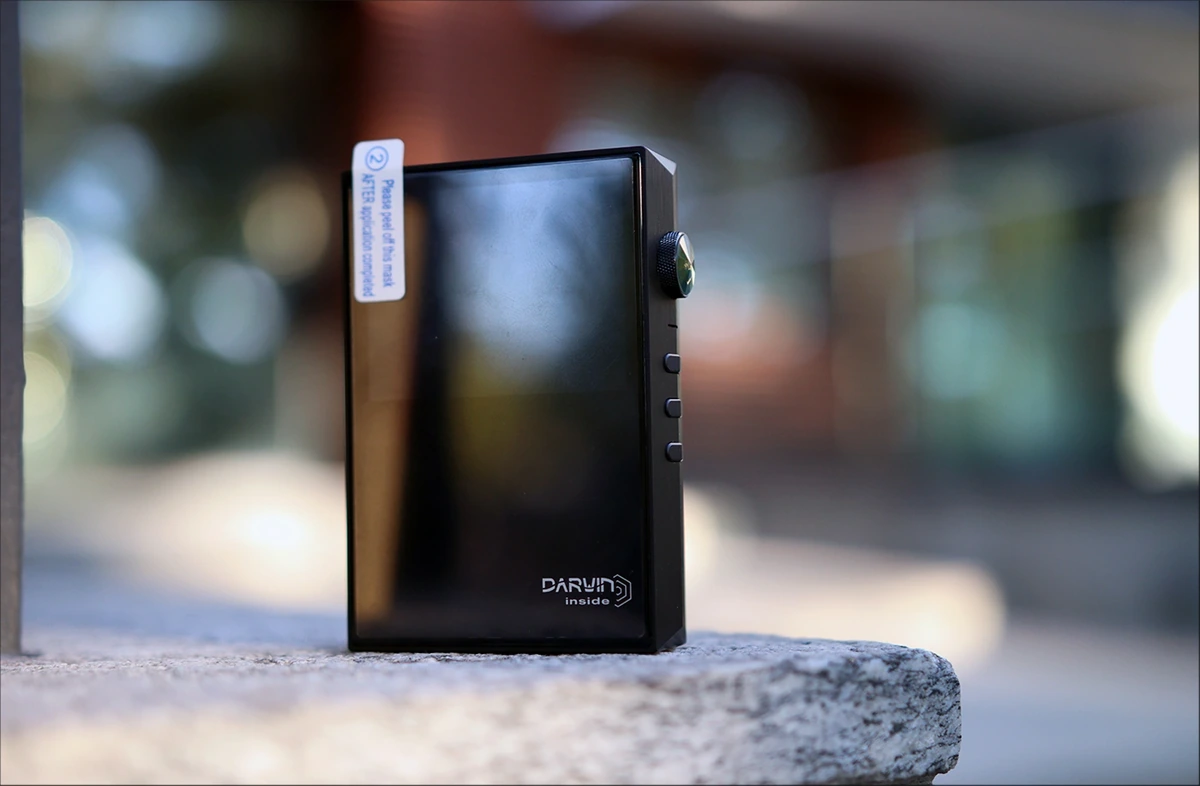
Introduction
Hiby has been the innovator for the DAP market in the past, as they’ve been a major force behind the early DAP market. After iRiver disbanded the production of Cowon J3 series of DAPs, which dominated the 2010 market, FiiO started producing the X3 and X5 lines of DAPs, and those were powered by Hiby for the software. Since then, Hiby grew to create their own DACs, DAPs, IEMs, and even their own music software for Android, with MSEB and all of the features you’d expect from a company that’s expert at audio software. They are reliable, answer mails quickly, and they have a clean record when it comes to the list of products they make, starting with DAPs, and getting into everything else a music lover may need. Hiby products are available on Amazon, where you can get the best prices and good warranty conditions too, but you can order their products from their own website, Linsoul, and a multitude of official sources and channels.
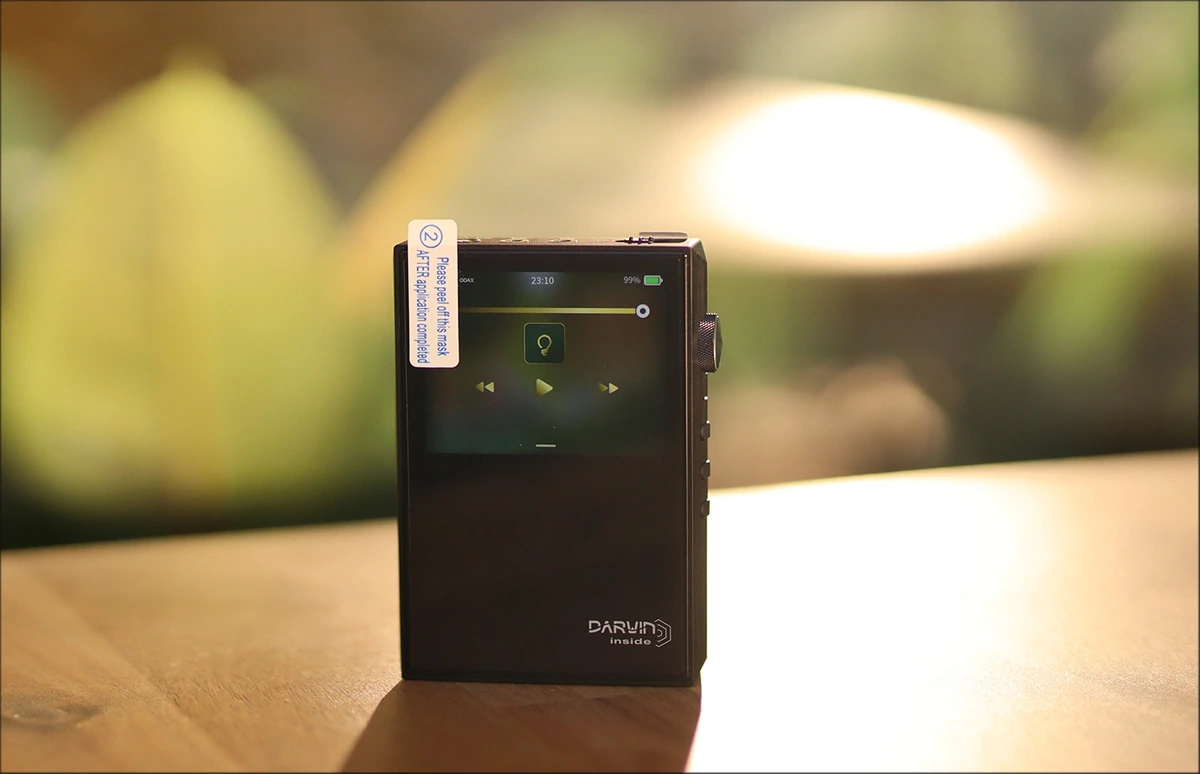
It should be noted that I have absolutely no affiliation with Hiby. I’d like to thank Hiby for providing the sample for this review. This review reflects my personal experience with the Hiby RS2 Darwin Music Player. Every opinion expressed is mine and I stand by it. The purpose of this review is to help those interested in Hiby RS2 find their next music companion.
Product Link
You can grab one from Hiby here – https://store.hiby.com/products/hiby-rs2
Build Quality/Aesthetics
It is fun to hold in hand a better Hiby DAP as they’ve been missing from the list of products I’ve been reviewing for a while. I can see why people have been enthusiastic about those DAPs, and RS2 is a whole new take on the DAP problem. We have a thick, heavy, but ergonomically designed DAP, with no sharp edges, but a very modern and elegant look. RS2 has a display that occupies the upper half of the display of RS2. The display is a touch screen display, and it has color support, although the main theme of RS2 has a pretty purist design, and it is not an Android DAP, but a DAP based on the HiBy OS PureAudio Version.
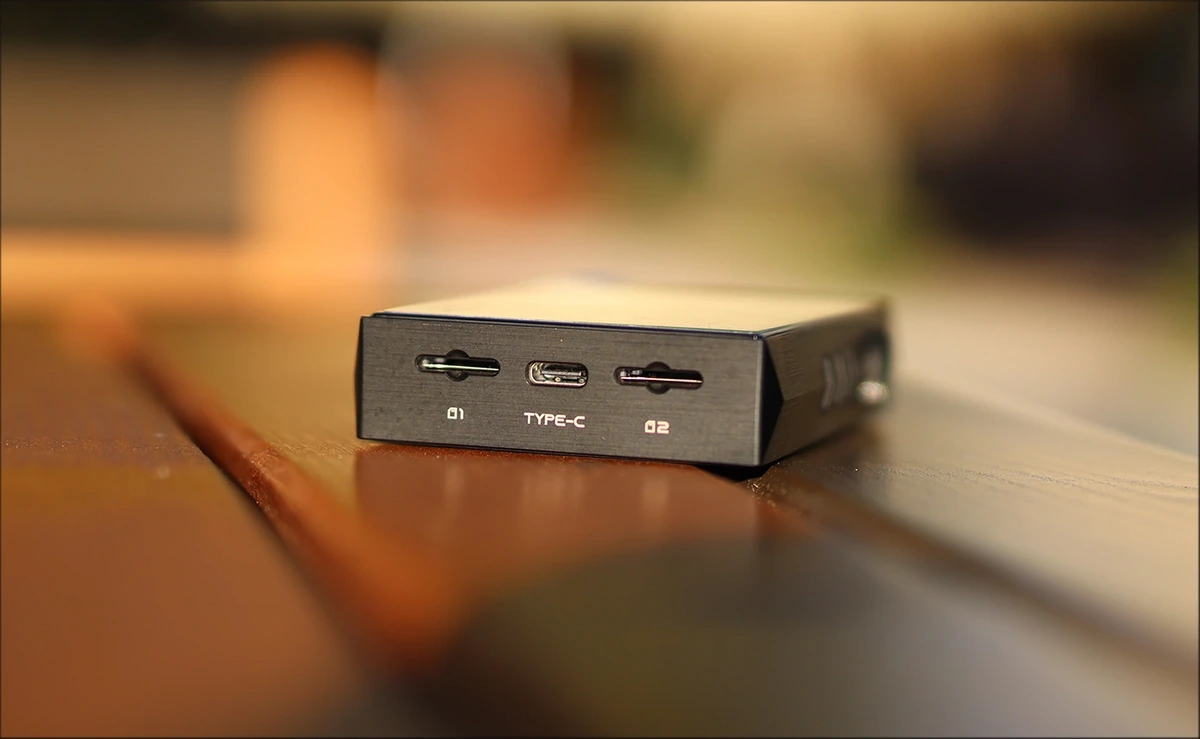
The DAP has a Type-C USB port at the bottom, which can be used for charging, data transfer and USB DAC functions, and it has two microSD slots, each of them supporting up to 2TB microSD cards. I was able to test microSD cards up to 512 GB, and it works flawlessly, it seems to index them in a few seconds, and everything simply works.
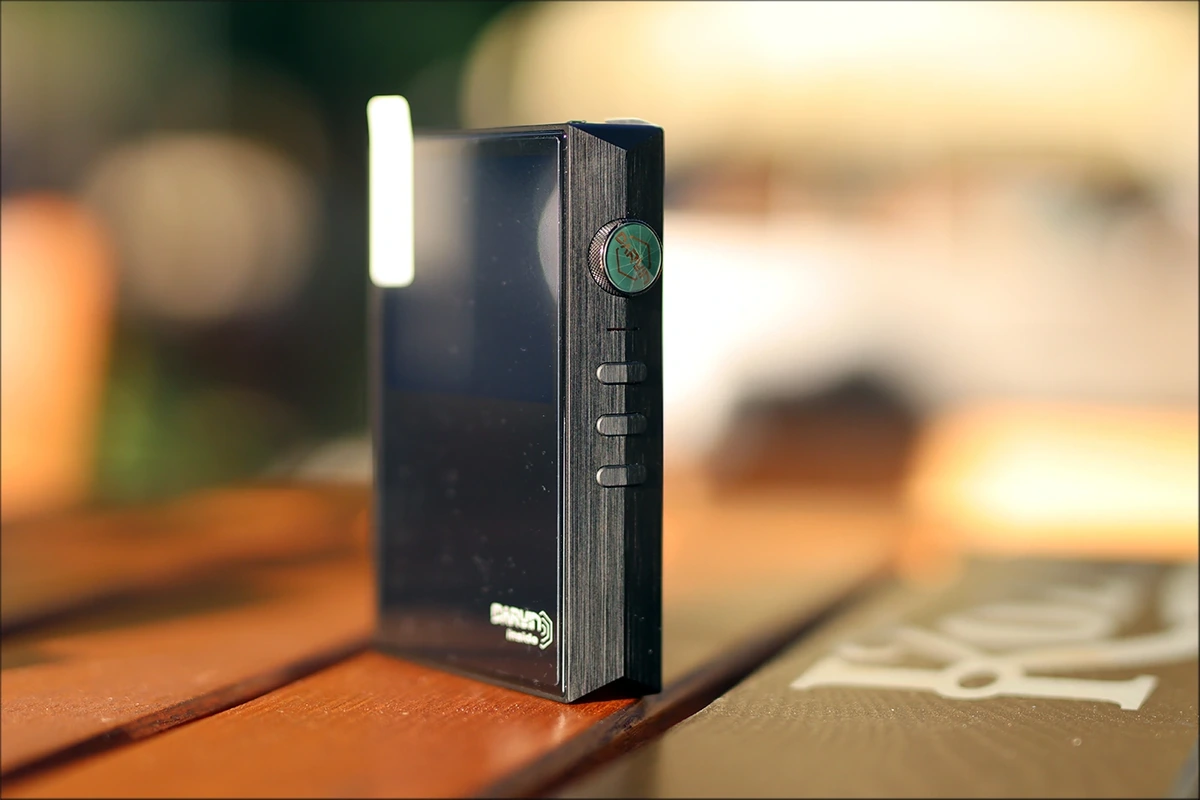
The left half of RS2 has no ports, while the right side has playback buttons and a volume wheel. The top of RS2 features the 3 headphone outputs, a Phone Output in 3.5mm Single Ended format, a Line Out in 3.5mm format, and a Phone Out in 4.4mm Balanced format. The on/off switch is rather strangely a slider at the top, which you also use to unlock the RS2. While unusual, it should offer a longer life to the volume wheel as it is not a controller meant to be pressed all the time. The slider at the top enables a pretty cool function, and besides turning RS2 on and off, it allows you to either set RS2 to charge continuously from the source, or work as a USB DAC and you can disable the charging, by switching the slider to the left, a feature that’s been requested by music lovers for years now. The battery of RS2 is 3500mAh.
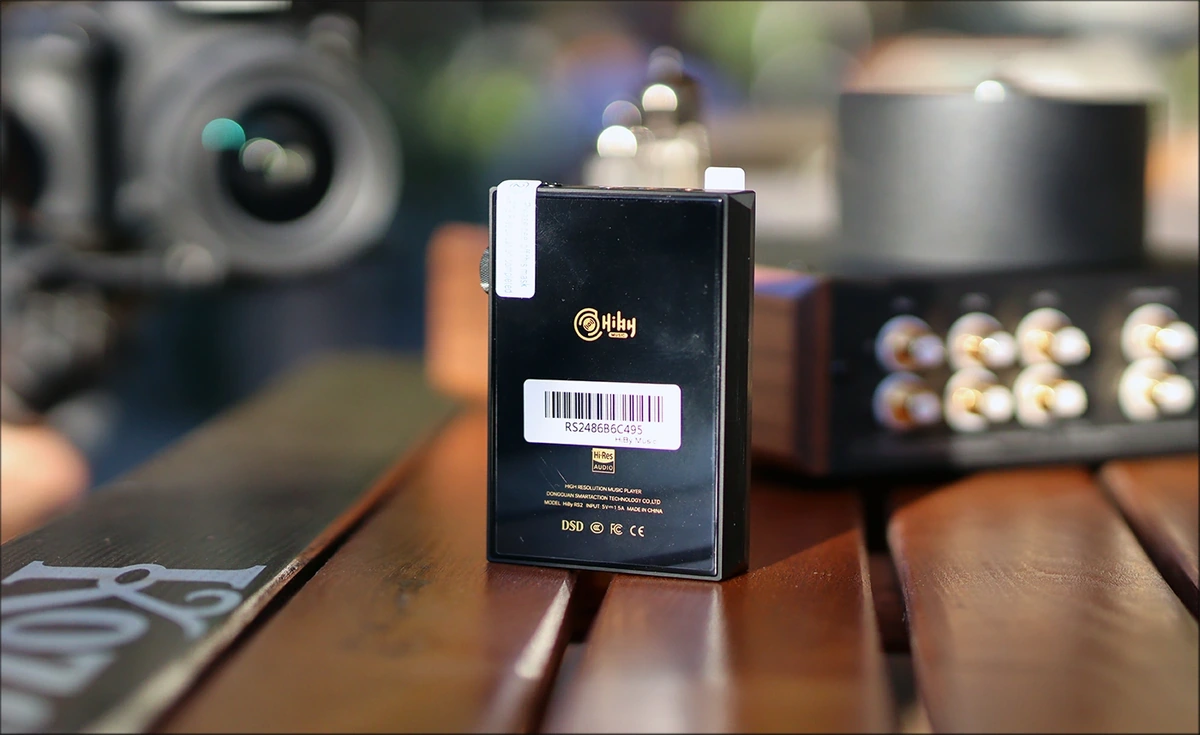
RS2 is rather heavy, at 158 grams, and the battery charges in about 3 hours, which can be slow, but it has a rather strong battery life, scoring up to 8 hours of battery life even with loud volume, screen on time, and a lot of song switching. The frame is made of aluminum alloy, while both the front and the back are made of glass, and it has display protectors applied on both from the factory.
Under The Hood / Functionality
Starting to take a deeper dive into RS2 and what it can do, we find R2R technology with an R2R Resistor ladder network as the main DAC behind RS2, hence the name RS2 as well. This comes with an adjustable FIR Filter, and an OS / NOS switch, for you to configure and get the optimal sonic performance out of RS2. The new Darwin audio architecture sure is interesting, and it comes with audio-grade crystal oscillators, allowing you to play songs of bit rates as high as PCM 384kHz, and DSD up to DSD256.
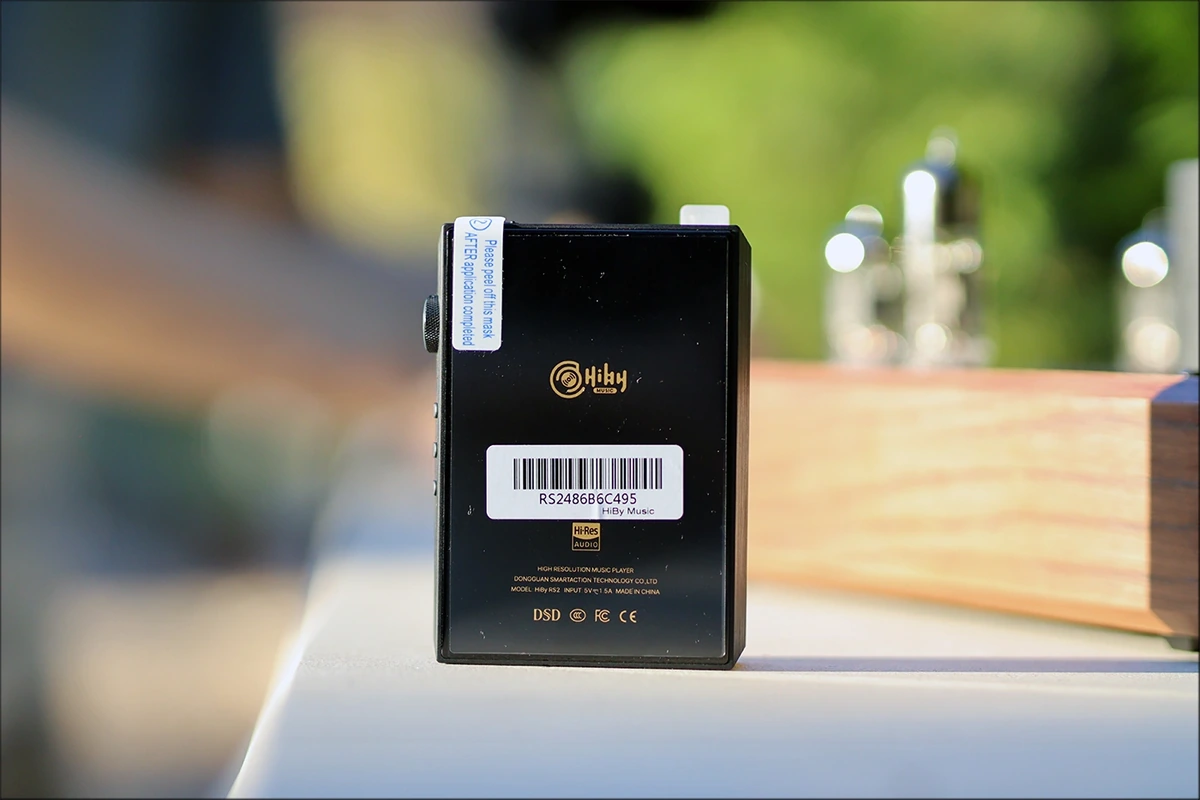
There’s MQA up to 8X unfolding, and there is a USB DAC function that works with zero delay, perfect for video and movie watching, playing games, and using RS2 as your heart desires. Most R2R DAC/AMPs seem to have some delay problems, so I can add RS2 to the list of R2R tech that can work well with real time audio playback, being next to HIFIMAN EF400, which also could do this well.
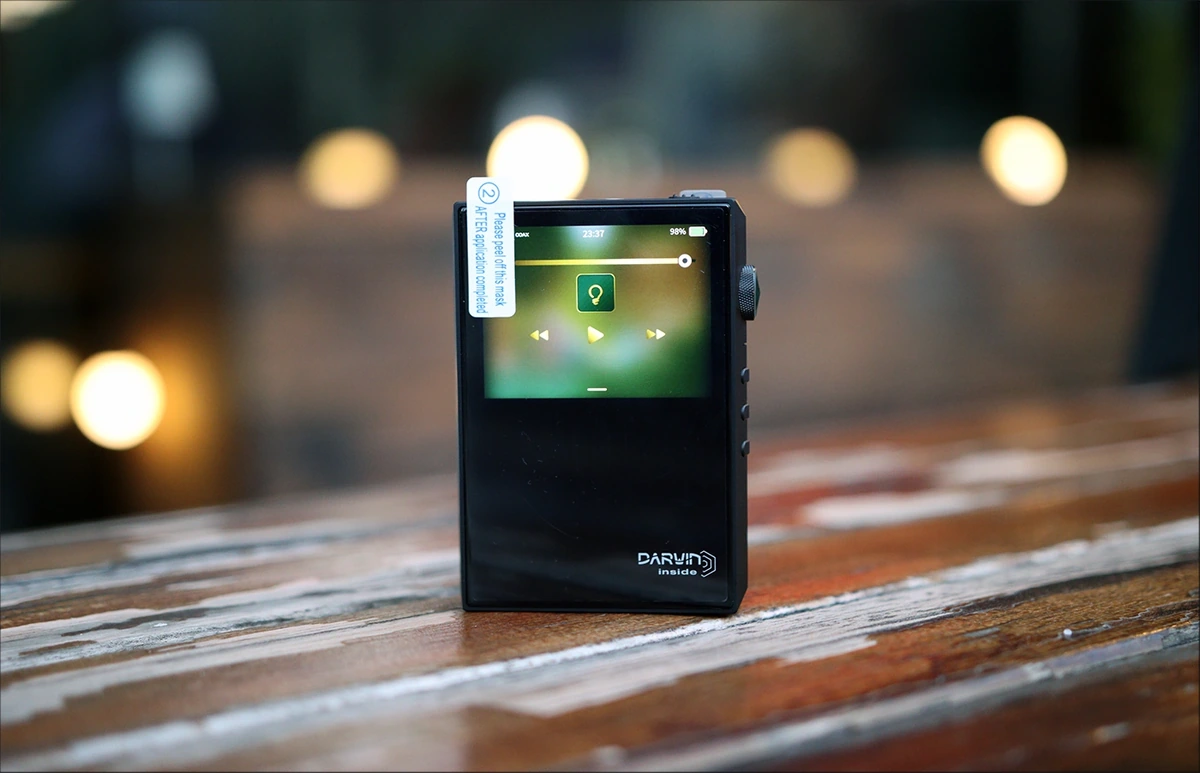
The Fir Filter sounds like something out of a movie, or a Chord Marketing program, but it is a real mathematical filter that you can and are supposed to use. It basically applies oversampling up to 16X at maximum, which creates a smoothing effect for transients, and gives textures a smoother presentation. The amplification of RS2 is handled by an OPA1652 for the current amplification and 2X OPA1612 for the LPF, The Amplifier chips are handled by 4 independent channels, with 2X flagship OA1622 amplifier chips powering RS2. The volume control is handled by a NJW1195A circuit.
If you’re looking for technical data, HiBy RS2 has pretty impressive results, with the maximum power from the 3.5mm Headphone Output being 125mW, and 320mW if you’re looking at the 4.4mm Balanced Output. The crosstalk rejection is 63dB for the 3.5mm Single Ended output, and 82dB for the 4.4mm Balanced Output. The SNR is high, at 118dB, for the 3.5mm Single Ended output, and 117dB for the 4.4mm Balanced Output. The dynamic range is 82dB for both outputs, and the THD + Noise is 0.006% for both as well. The most important aspect, the Output impedance is 0.47 OHMs for the Single Ended output, and 0.94 OHMs for the Balanced Output.
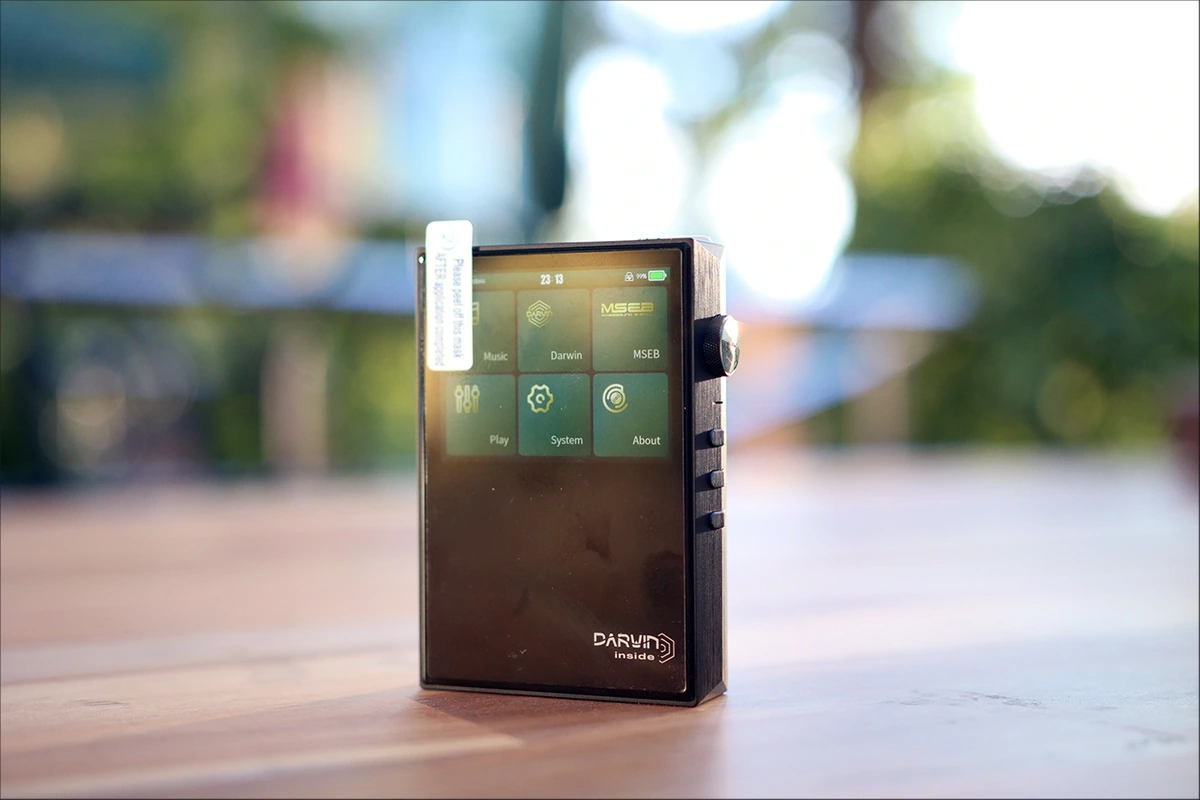
While for the HiBy R6 that I reviewed in the past, the output impedance was a bit high in practice, the new RS2 does not have such problems, and the output impedance is low enough for IEMs, and I can hear no noise using Hiby RS2 with FIR Audio NE4, Westone MACH 60, Kotori Audio Dauntless, Astrotec am850 mkii, and Periodic Audio Titanium. The maximum power output is best for IEMs and portable headphones, as RS2 can safely drive the likes of Sivga SV023, AIAIAI TMA-2 Studio, and KLH Ultimate One.
Software
The soft part of RS2 is minimalistic and focused on music playing. The only drawback I noticed while using it is that it is a bit hard to manage large playlists, as the display only has enough space for a few rows of data, so a tidy collection and categorization is important with RS2. But the firmware is bug-free, and I noticed that everything works flawlessly. The shuffle function is perfect, and it seems to have true gapless playback as well.
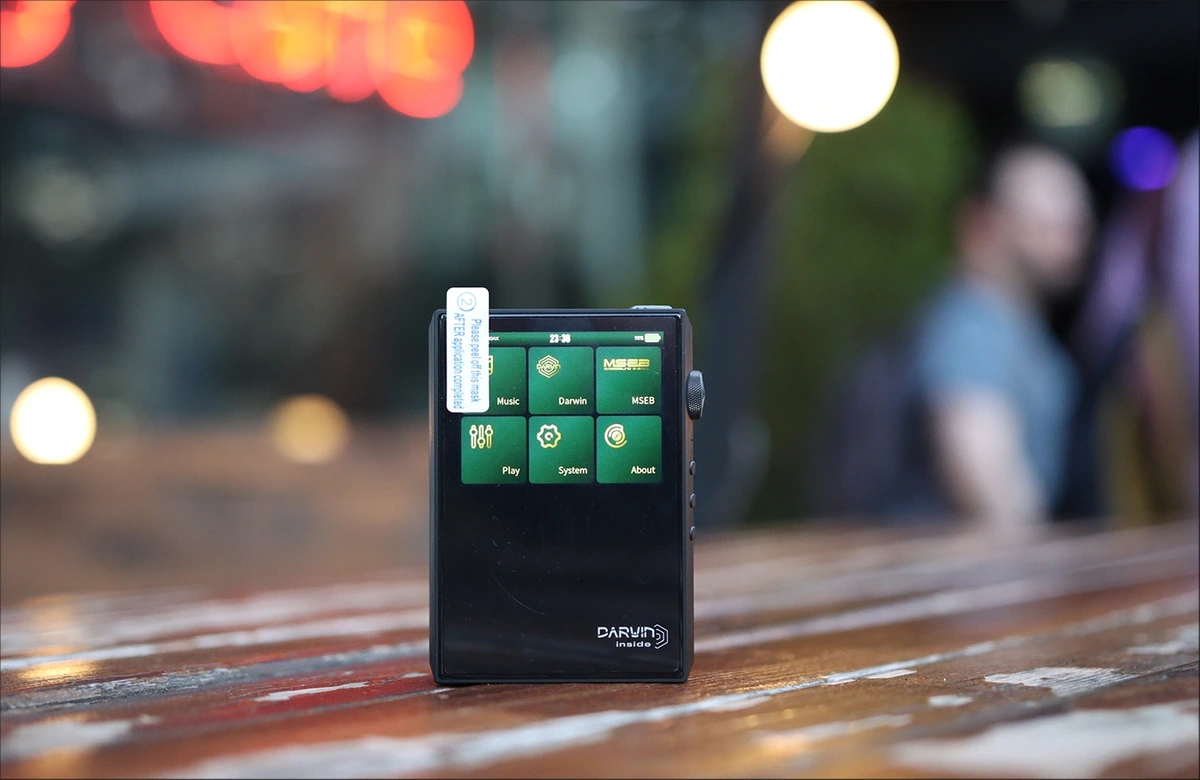
When you pull the status bar from the top, be careful, because the slider you see is not for adjusting the brightness or the song seek position, but the volume. You can press on any part of a song that’s playing to go to that seek position. To go back from menu to menu, you slide from left to right. HiBy Rs2 allows for ReplayGain to be applied, and it can play through folders and play through albums as well.
You can find the rare functions under the Darwin menu, and there you can find the Digital Filter, but all of them are named Darwin Default, and Darwin 1, Darwin 2, making it quite complicated to know what you’re using without writing down which you like best and why. The filter selection seems to have a slightly higher impact on the sound of RS2 than what I noticed with most other DAPs on the market. This being said, they are still very similar, and too similar for me to properly determine which I like best and why.
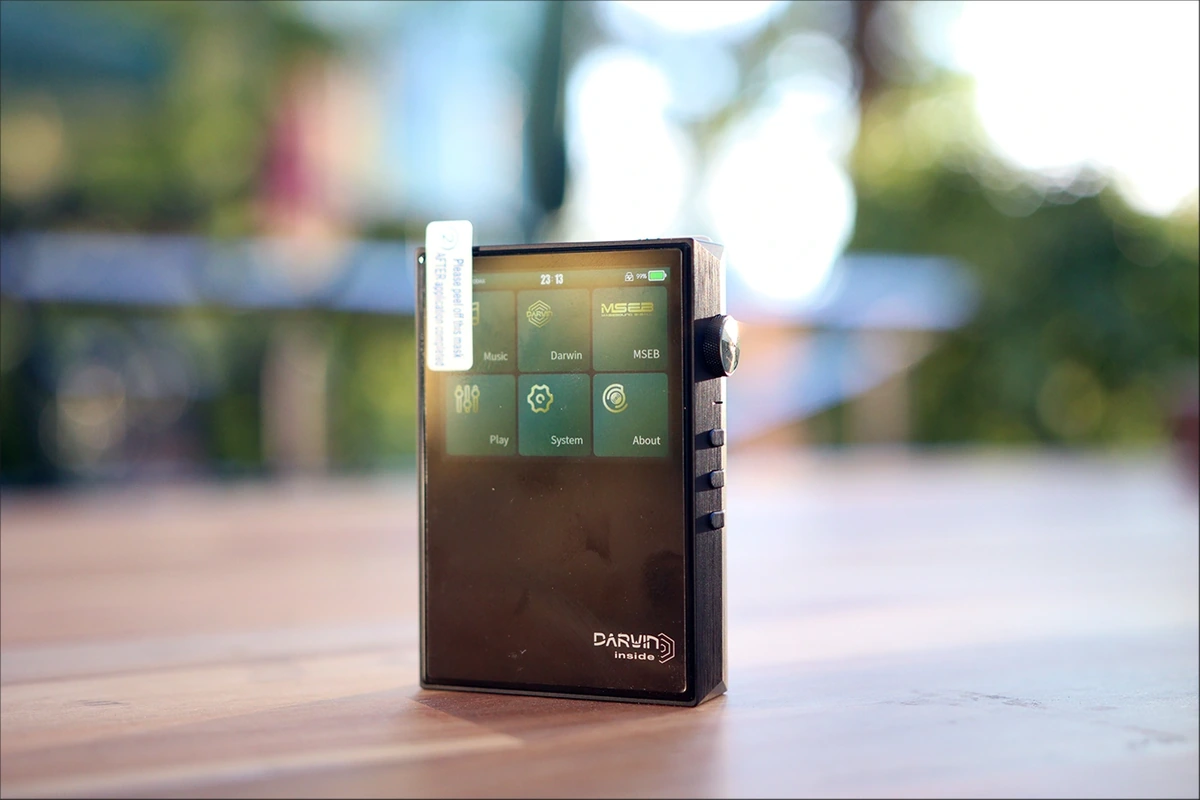
The harmonic controller is the Fir Filter setting, where you can enable and set how much filter you’d want enabled at any moment. The maximum setting is audibly different from the lowest setting, as it seems to thicken, darken, and just generally smoothen the music in every way possible. The sound is not necessarily much richer, but thicker, less aggressive and more rounded at every corner. The treble and overall sound is the most neutral, and most referenced with the harmonic controller set at zero and with NOS mode turned off, so using OS instead of NOS.
If you’re looking for answers to those questions, you can change the main color of RS2. I made mine a light blue which seems considerably more comfortable than the green it comes by default, although that reminds me a lot of Matrix, and makes me want to rewatch that movie. MSEB functions and EQ also work as well as you’d expect them to work on any Hiby DAP. Everything is up to what you’d expect from a new DAP made by Hiby.
Sound Quality
We can start by stating the IEMs and Headphones I used with RS2, so Westone MACH 40, SeekReal Airship, RAPTGO HOOK-X, Periodic Audio Be V3, XENNS Mangird Tea 2, Ambient Acoustics MAD24 and IMR Acoustics PRO Dark Matter have been my IEMs of choice. As far as headphones go, RS2 isn’t the strongest, so even if you’re using the 4.4mm Balanced Headphone Output, they should be easier to drive, like Sendy Audio Apollo, BLON BL-B60, Avantone PRO Planar, and Crosszone CZ-10. RS2 is a fun source, with a fairly smooth, warm and musical sound, a rich and thick presentation, outstanding weight for each musical weight, all whilst having a rather wide and holographic soundstage, good depth, and good instrument separation.
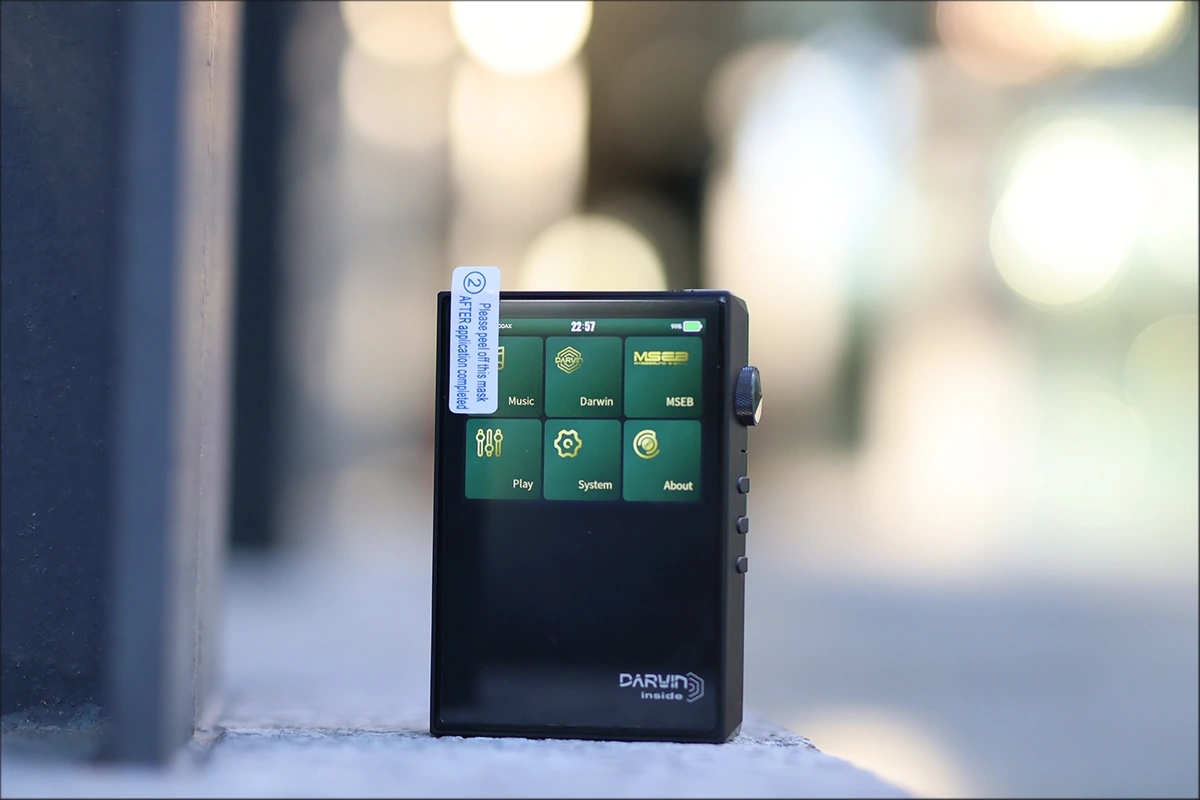
The bass is deep, thick, visceral and fun, as presented by RS2. It is warm, and it is not neutral with most IEMs and headphones, adding quite a bit of weight to music, and increasing the impact the lows have in each song. This works super well for rap, EDM and certain rock music. The speed of the bass is natural edging slow, with the bass being hefty, large, deep and nuanced. I love the presentation for IEMs that are bright by default, like Final Audio A8000, or even Unique Melody MEXT. The presentation is great for Airship and Raptgo HOOK-X as well, adding more weight and impact, and the bass has a certain way of being super expressive, without adding too much upper bass presence. This means that you can expect RS2 to be thick, fulfilling and deep, without being boomy, or veiled.
The midrange of RS2 draws inspiration from the bass, and even in the most neutral and linear of the presentation modes it is rather full, deep and clean, but if you engage the Fir Filter, or the OS mode, it becomes much deeper, it gets smoother, thicker and darker. As a lot of you guys have been asking me for a DAP that has this effect, the best answer is Hiby RS2, as it might as well be the thickest, deepest and heaviest sounding DAP I’ve heard so far in my entire almost 500-reviews travels. The dynamics of RS2 are superb for the price range, and it surely creates the feeling of staging well. From all the DAPs I’ve heard, RS2 has a really deep presentation, and the width is natural, but the depth is something special, and with an outstanding instrument separation, it creates the feeling that you’re having a lot of depth in each song.
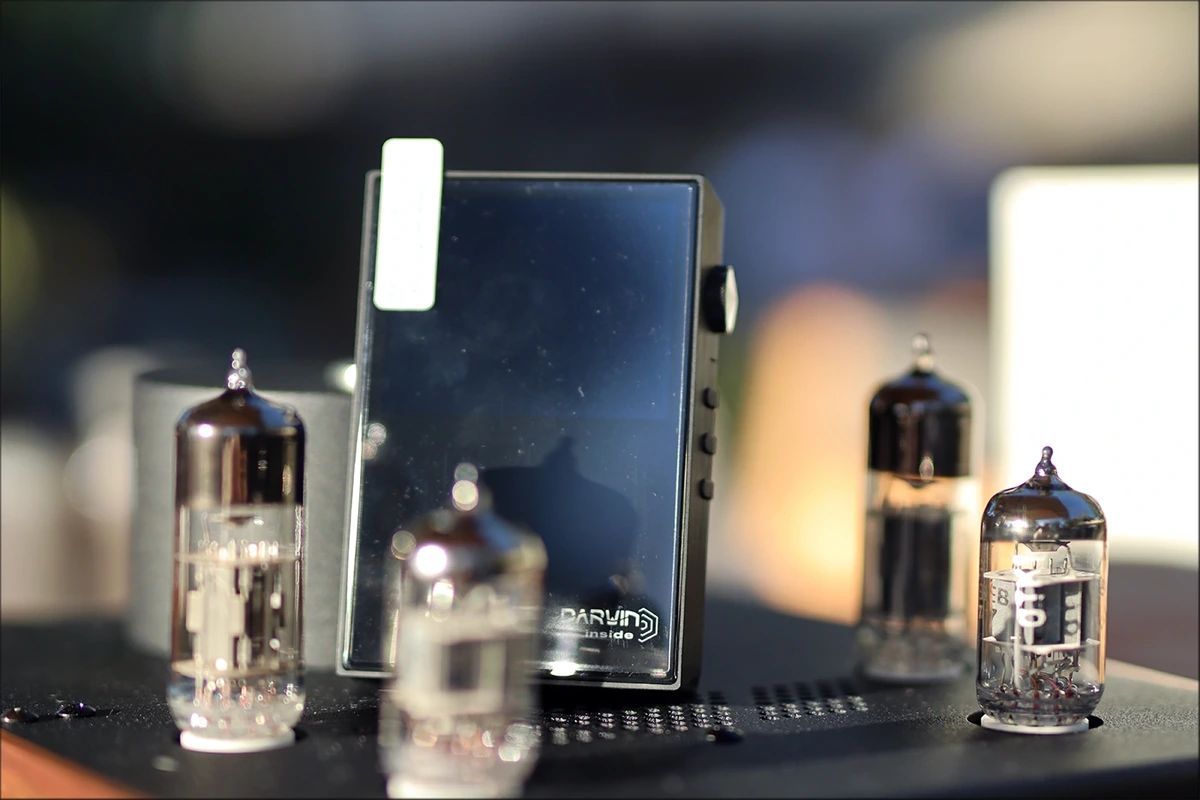
We have a treble that’s variable with RS2, and it varies a lot depending on what you engage and how. For example, the most neutral setting, default Darwin filter, no FIR quantity, and NOS mode disabled, has a very natural, clean and pleasing treble. If you engage the NOS mode, the attack gets gentler, and this makes the treble smoother, rolls it off gently, and gives all music a lighter touch. On the other hand, if you go for the FIR Filter, it doesn’t really affect the treble quantity, but it increases the smoothness and silkiness of the said treble, prolongs the decay of the treble, giving it a less imposing sound, and makes it easier to enjoy. Also, the extra thickness the Fir Filter adds to the midrange gives the feeling that the upper midrange is richer, which adds to the harmonic richness of a song. All in all, RS2 is like a chameleon, it can adapt to your desires and needs, and although it takes some playing with to get the best idea of how it sounds and how to tune it for your ears, you also have MSEB if you need more effective solutions for your current listening experience.
Comparisons
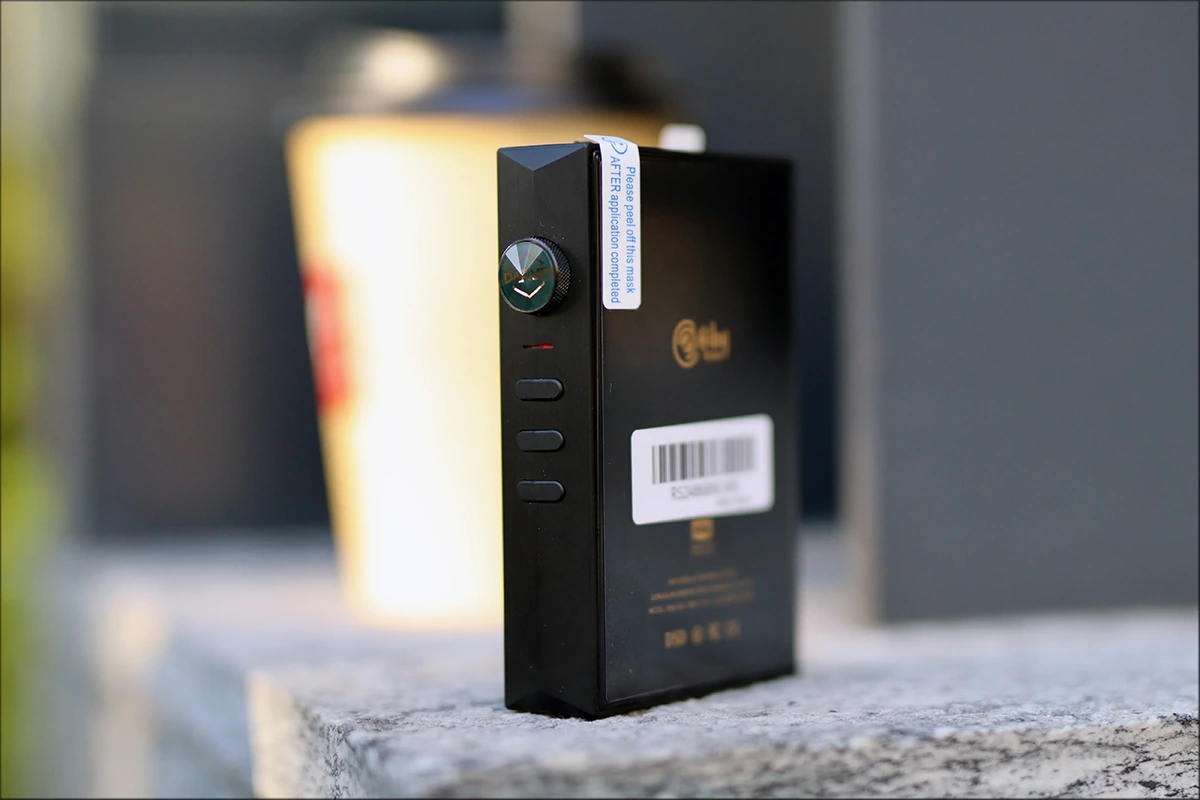
Hiby RS2 vs TempoTec V6 (479 USD vs 399 USD) – This is a really good first comparison, first off because I really praised V6, and also because the firmware for it is made by Hiby as well, so it is interesting to see how Hiby would handle not shooting themselves in the foot by making a better product for a competitor company. Well, the simple answer is that they did make V6 richer in the features, as it has slightly better connectivity, but it has Hiby Link, Bluetooth, MQA 16X, and a larger battery. Things start to change when you look at the pure music features of each, and with an R2R DAC instead of a classical AK Chip, and with a configurable FIR Filter, RS2 seems much more interesting. The sound of RS2 can take more configuration, it is thicker and smoother in general, but can be brighter and more open too if you’re willing to employ MSEB, which is a part of its natural design. The driving power is higher on V6, but the background noise seems to be lower to non-existent on RS2, while V6 has a faint hissing with sensitive IEMs, if you place them side by side. Availability is another thing, with V6 being a DAP that’s not on the natural market yet, as it is currently only available on Kickstarter and IndieGoGo, while RS2 can be purchased right now from a multitude of shops.
Hiby RS2 vs Dethonray DTR1+ (479 USD vs 1000 USD) – DTR1+ is the only DAP on today’s comparison list that is also a purist like RS2 Darwin, and if you read my written review on DTR1+, you get the feeling they have pretty much the same sonic presentation, but there are some key differences. First off, RS2 has a balanced output, and can work as a USB DAC, has EQ including MSEB, a Fir Filter, and a OS/NOS mode, and it also has a theme you can configure. It also has two microSD slots, and generally is more snappy in the OS, while the sound is also rather different. DTR1+ is warmer in the real sense of the word, while RS2 is smoother, thicker and has a more organic sound with a richer harmonic presentation. For classical music, as well as anything acoustic, RS2 is more spot-on to how the instruments would sound like in reality, even for guitars, while DTR1+ is more rounded and snappier for techno, and electronic music in general, where a FIR Filter with many TAPS can be perceived as adding too much harmonic to the sound. They are both outstanding in their own way, but with RS2 having a richer feature setup, more microSd slots, and being generally more versatile with the EQ, it is easier to recommend for those who need those features.
Hiby RS2 vs FiiO M11 PRO (479 USD vs 650 USD) – FiiO M11 PRO is a good option for an Android DAP, and it is not a purist device, so it has Bluetooth, Wifi and a multitude of features that RS2 was not designed around. Where RS2 wins is in the sonic, where it has an R2R DAC that you can use in both NOS and OS mode, it has a FIR Filter, and a much better EQ than M11 PRO, to the point where when I recommend M11 PRO, I most of the times recommend people to try Hiby Music, as the Android app is better as a music player, especially the EQ is better, than what FiiO uses. The overall sound is very different, with M11 PRO being considerably more neutral than RS2, RS2 has better bass, deeper sound, more impact, and with RS2 having a richer, more organic sound. M11 PRO is more precise at times, but also more edgy, more aggressive, and brighter, as a result. RS2 feels like a smooth, dark-ish, laid back and clean sounding DAP with outstanding depth and dynamic, while M11 PRO is wide, vivid, but a bit shallow in depth, and having a bright tonality, and easily aggressive. Despite on paper RS2 having a so and so impedance, the background noise is higher on M11 PRO and lower for RS2. With the lower price of RS2 at the moment of writing today’s review, if you’re looking for connectivity, M11 PRO has more, but if you want better sonic performance, especially if you appreciate a thicker, heavier sound, with better
Hiby RS2 vs iBasso DX170 (479 USD vs 449 USD) – The final comparison is between two DAPs that are really well regarded by the fans. DX170 has a more traditional shape, ergonomic and design, and also better connectivity, with Wifi, and Bluetooth on the table. The Mango app from iBasso is one that I don’t typically recommend people to replace with Hiby, but the EQ function found on RS2 is actually easier to use for newcomers than the parametric EQ found on DX170. If you’re looking for the sound, DX170 is generally more dynamic, more neutral, also has a wider soundstage, with more driving power and a higher volume at maximum. Both DAPs have a very quiet background noise level. RS2 is thicker, warmer sounding, with a smoother treble, smoother texture and a gentler transient presentation. The adjustable FIR Filter found on RS2 is not present on DX170 as DX170 is not using an R2R chip like RS2. Between those two, if you prefer connectivity and a more neutral sound, DX170 it is, while if you prefer a thicker, warmer sound with a smoother treble, gentler transients and less fatigue, I recommend going with RS2.
Value and Conclusion
The price of RS2 Darwin is on the higher side of things, at 479 USD, but we’ve seen performance worthy of a flagship, and while it is a minimalistic DAP, it has both an OS and NOS mode, two microSD slots, the option to turn off charging, and multiple filters, with a FIR Filter that is configurable, all commendable features that have been missing from DAPs regardless of the price range. This puts RS2 at the top of the midrange DAP enjoyer and makes it an instant favorite for this price range.
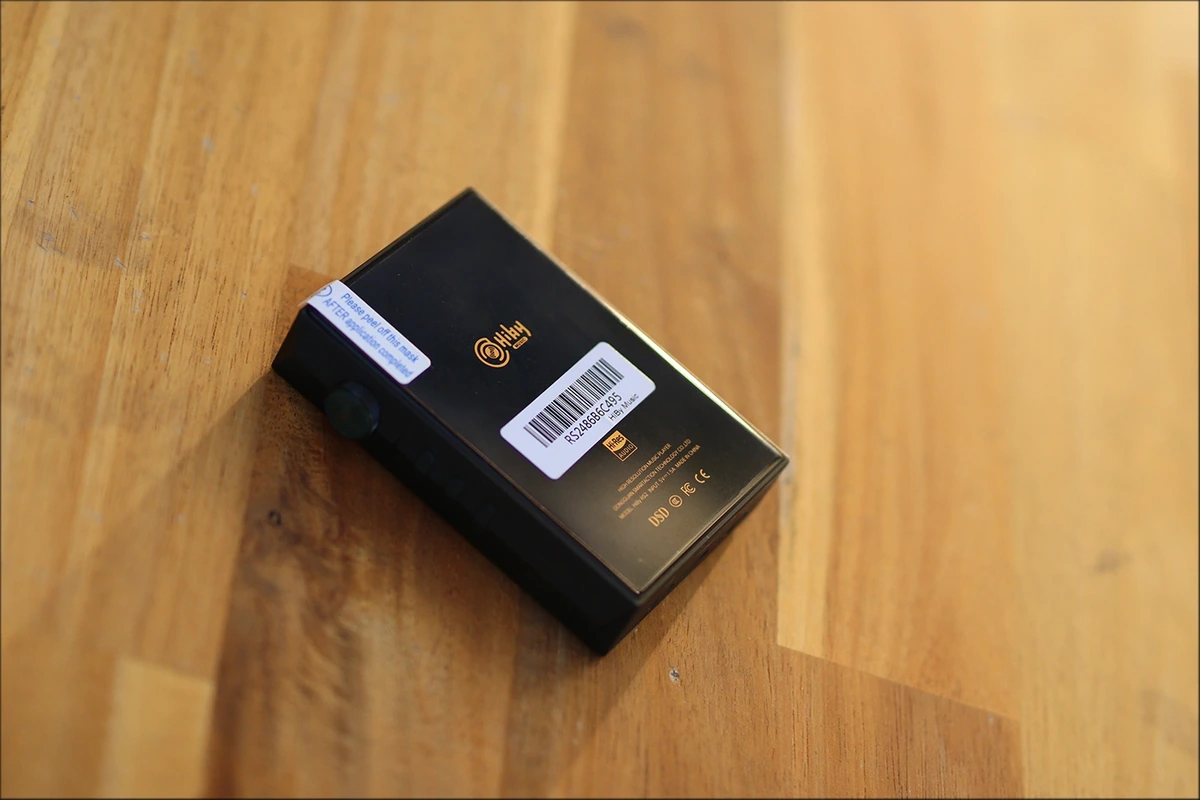
In fact, the quality of RS2 is so good that I’m going to add it to Audiophile-Heaven Hall Of Fame, for the commendable effort of including the features it has, and still making it accessible for most music lovers. For a purist music lover, it is a dream DAP, and for someone who needs streaming, it is compatible with Android phones, so it can do much more than is visible at first.
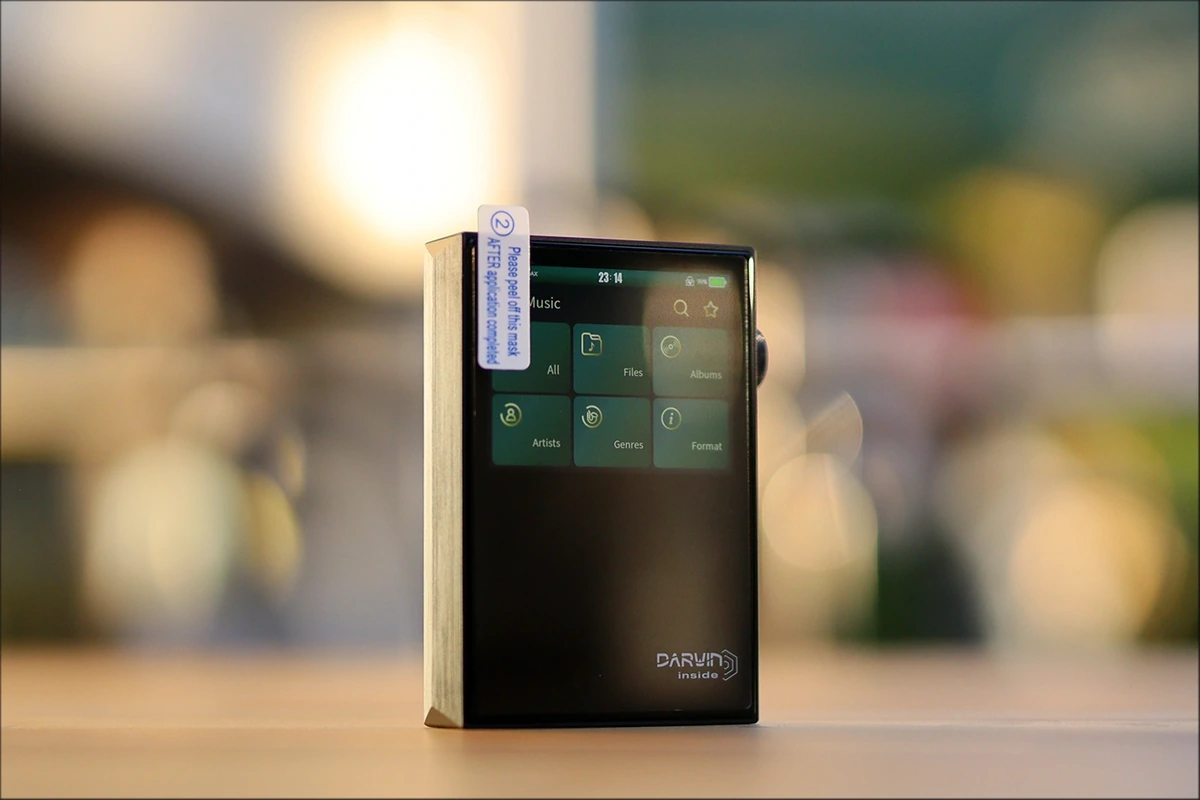
At the end of the day, if you’re looking for a high-end DAP with superb performance, an ergonomic design, good battery life, multiple tuning modes, a NOS mode, but also an OS mode, and a Fir Tap Filter that you can configure to have as many taps as you’d like, HiBy RS2 Darwin is the perfect choice.
Product Link
You can grab one from Hiby here – https://store.hiby.com/products/hiby-rs2
--- Please remember to stay safe, and always have fun while listening to music!---
- If you have a dime to spare, please donate, and help us! It would make the day brighter for me and my wife-
Full Playlist used for this review
We listened to more songs than those named in this playlist, but those are excellent for identifying a sonic signature. I recommend trying most of the songs from this playlist, especially if you’re searching for new music! The playlists are different for Spotify, Tidal and Youtube, and based on the songs I enjoy and are available on each!
https://www.youtube.com/playlist?list=PL_cjBXGmwSHSdGcwuc_bKbBDGHL4QvYBu
https://open.spotify.com/playlist/5J3oloz8Riy9LxEGenOjQ0?si=979ba4f082414be7
https://tidal.com/browse/playlist/330fd544-8e5b-4839-bd35-676b2edbb3d5
--- Contact Us ---






At $450 and some (too much so at $800 🤣!! ) the player is a bit overpriced. I started this hobby with HiBy/Hidizs players; Rs2 is good but lvery good only as a transport, as pocketable DAP it acks sufficiently power sounding and quality amplification. The UI is really basic, the screen pretty small you hardly see the covers.
I have been lucky to find an used one from Japan for the ‘legit’ half price.
Good to hear that you found one for a lower price! The sonic quality does deliver, but as a DAP, it is indeed a basic option for those who want a no-frills experience.
[…] using to drive the Surfans SE01 are the Surfans F20 music player, IKKO Zerda ITM02, Palab M1 Mini, Hiby RS2 Darwin, and TempoTec Sonata HD […]
Superb review, awesome photos, thank you for all your hard work, George!
Excellent review!
[…] review today, and it will also be compared to other DAPs, including Shanling M3 Ultra (469 USD), Hiby RS2 Darwin (479 USD), iBasso DX170 (449 USD), and TempoTec V6 (399 […]
I am stuck between DX170 and RS2.
I listen to industrial (NIN), hard rock (Van Halen, ACDC), Classical movie scores such as Mad Max Fury Road, and some old jazz.
Both devices have a unique appeal, but the RS2 just caught my eye due to its simplicity and I like that it’s a one-trick-pony that does one thing very well.
From a purely sound perspective, considering I am using IEMs, which device do you think I’d prefer from a sonic/SQ vantage point?
Dear Rob,
To be honest it is a tricky question. I would probably be split at the middle, depending on the sound of the IEMs too. The trick here is that RS2 is warmer, thicker, and also has a deeper soundstage. DX170 has similar resolution / detail, but is brighter, more holographic, wider, but more neutral, less bass and low end emphasis. Both are really good and couldn’t say one is bad. The 2 microSD slots on RS2 is a nice thing to have, but so is Android as DX170 has. If you tend to lean more towards smoother treble, heavier bass and more impact, go with RS2. If you prefer a technical / analytical sound, go with DX170, that would be how I’d split things here.
Thanks George that was helpful.
From what I gather the RS2 seems like a more refined device both in sound and overall simplicity. There’s a certain elegance that comes with that.
While the dx170 is more fun, feels close to a phone w android functionality (minus the lag time).
It seems the few guys that reviewed the RS2 such as yourself and Z sounds really seem to love it.
As far as build quality and longevity would you’d at the RS2 is superior?
Thanks George that was helpful.
From what I gather the RS2 seems like a more refined device both in sound and overall simplicity. There’s a certain elegance that comes with that.
While the dx170 is more fun, feels close to a phone w android functionality (minus the lag time).
It seems the few guys that reviewed the RS2 such as yourself and Z sounds really seem to love it.
As far as build quality and longevity would you’d at the RS2 is superior?
Lastly, as a line out DAC to my car stereo would either device hold an edge over the other?
Hm… for car audio both would be similar, DAC performance is similar. For longetivity, I’ve had iBasso devices last longer for hard usage, you can replace batteries and more. Hiby devices need to be serviced by Hiby, they’re not user replaceable.
I am assuming that since my FiiO FA7 and FH1 are characterized as “bass heavy”, they won’t sound good with the RS2 🙁
Yes that is pretty much correct, the bass may be too heavy and too much to handle.
[…] about. The charging is a bit long at 2 hours, but it is shorter than the charge time of DAPs like Hiby RS2 which I just reviewed, which takes 3 hours to charge fully. The sync for USB DAC mode is perfect, […]
Thanks for pointing to this model, George. Speaking of comparison with DX170, I feel like the latter one might have a better synergy with bassier models (like 99 Classics or Periodic Be/Carbon), and RS2 may be a better choice for brighter IEMs/headphones. Do you think that’s correct?
Yes, that’s correct. RS2 is already quite dark and thick, warm and can become downright too much and overwhelming if paired with IEMs or headphones that are already bass heavy.
The fiio FA7 and FH1 are described as bass heavy oh so if I understand correctly the dx170 will be better suited to these iems
Yes, DX170 might woek better with them as together they would have a more balanced sound